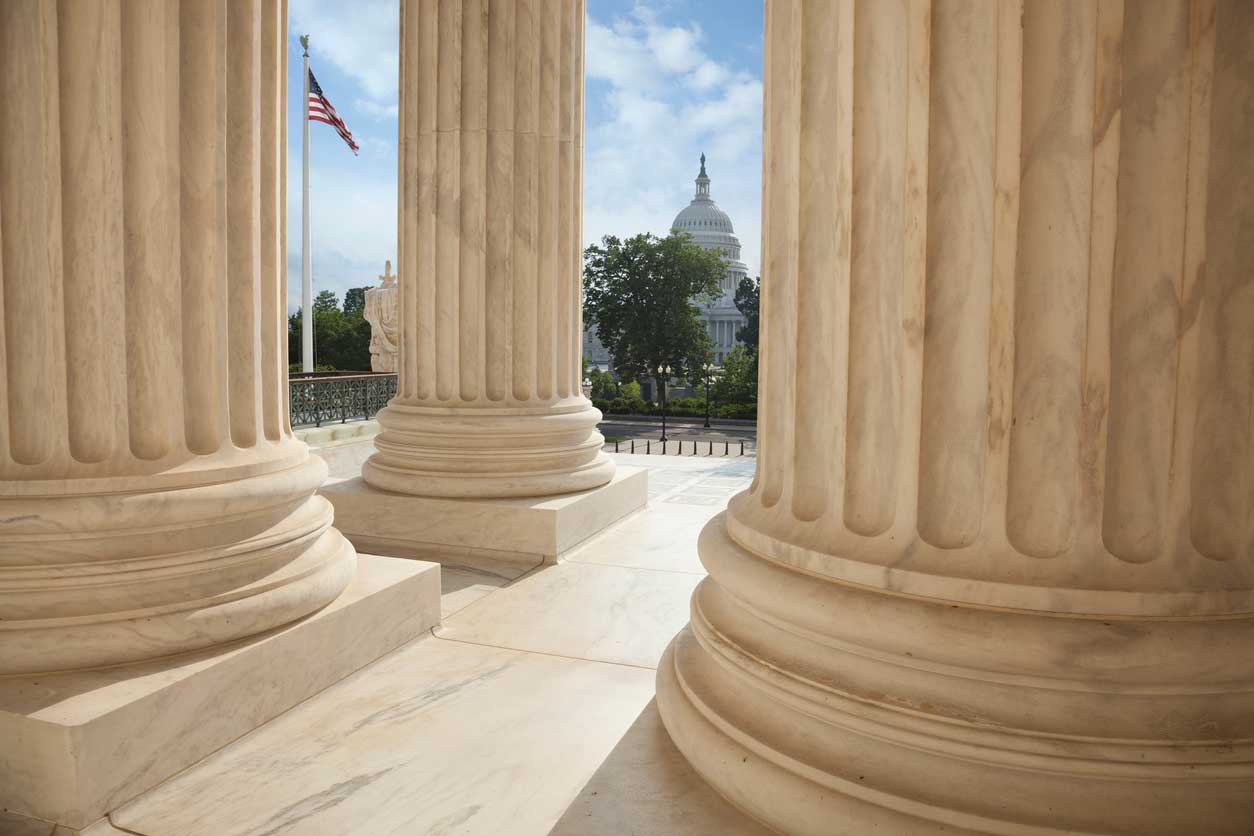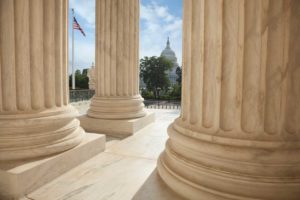
In 1982, the United States Supreme Court hand down its first and most important legal interpretation of the landmark Individuals with Disabilities Education Act (IDEA). Board of Education v. Rowley settled several unclear legal doctrines, including the clarification of what “free and appropriate education” (FAPE) means.
The Meaning of Free and Appropriate Education
The Supreme Court addressed the meaning of free and appropriate education in unequivocal terms. Under the free and appropriate provision of IDEA, taxpayers fund individualized special education plans that public school teachers and administrators implement. The Supreme Court ruled in Board of Education v. Rowley that each state has the legal responsibility to define free and appropriate education, as well as creating standards that meet the minimum requirements of the most important legal phrase found within IDEA.
Defining an Important Legal Term
The Supreme Court ruled in Board of Education v. Rowley that special education and supplementary services be “reasonably calculated to enable the student to receive educational benefits.” “Reasonably calculated” has come under intense legal scrutiny since 1982, but most lower court decisions have defined the phrase to mean that IDEA does not ensure specific special education results, but instead, IDEA mandates that “educational services proposed by a school district must only be reasonably likely to provide sufficient benefits to the student.”
The Role of Education Potential
The Supreme Court made it clear in Board of Education v. Rowley that not every special needs child has the legal right to a free and appropriate education. Jurists who wrote the majority decision stated the potential of a special needs child must be considered to create successful Individualized Education Plans (IEP). However, the Supreme Court did not clarify the threshold for determining special need student learning potential.
Subsequent lower court decisions mandate public school districts to create IEPS for special needs students that range from the slightly visually impaired to the significantly mentally and physically disabled. Although it is readily apparent that the special education benefits of slightly visually impaired students differ substantially from the special education benefits enjoyed by severely disabled student, court rulings have not placed a strong emphasis on learning potential for educators to create IEPs.
 Pivotal Supreme Court Cases after Rowley
Pivotal Supreme Court Cases after Rowley
The Supreme Court cases that followed Rowley did not present the extensiveness of the Rowley legal analysis of special education law. However, a few of the cases the Supreme Court deliberated about special education law either clearly reinforced the meaning of Rowley or created one new legal standard for special education law.
Winkelman v. Parma City School Dist., 550 U.S. 516 (2007)
The Supreme Court decision in Winkelman v. Parma City School District created a legal stipulation granting the parental right to promote the special education needs of a student who require services delivered outside of the standard public education system. This decision opened the legal doors to the establishment of a mediation process that resolves parent and educator disputes that derive from the development of an IEP.
Cedar Rapids Community School Dist. v. Garret F. ex rel. Charlene F
Cedar Rapids Community School Dist. v. Garret F. ex rel. Charlene F expanded the definition of nursing service to include any “related service” that IDEA mandates school districts to provide for special needs students. Also written into this decision, the Supreme Court ruled that an IDEA dispute “is about whether meaningful access to the public schools will be assured”, which reiterates the “meaningful access” language presented in the Rowley decision.
Honig v. Doe, 484 U.S. 305
Six years after the Rowley decision, the United States Supreme Court addressed the stay-put provision written into IDEA. The majority wrote that by including the stay-put provision within IDEA, Congress wanted “to strip schools of the unilateral authority they had traditionally employed to exclude disabled students from school.” Honing v. Doe also confirmed that an IEP represents the “centerpiece of the IDEA’s education delivery system.”
Although subsequent Supreme Court decisions that clarified Rowley’s legal language has helped parents secure special education services for their children, several provisions of IDEA remain that create conflict between parents and school districts. If you encounter school district resistance to create an IDEA mandated IEP for your special needs child, contact a licensed special education attorney to schedule a free initial consultation today.